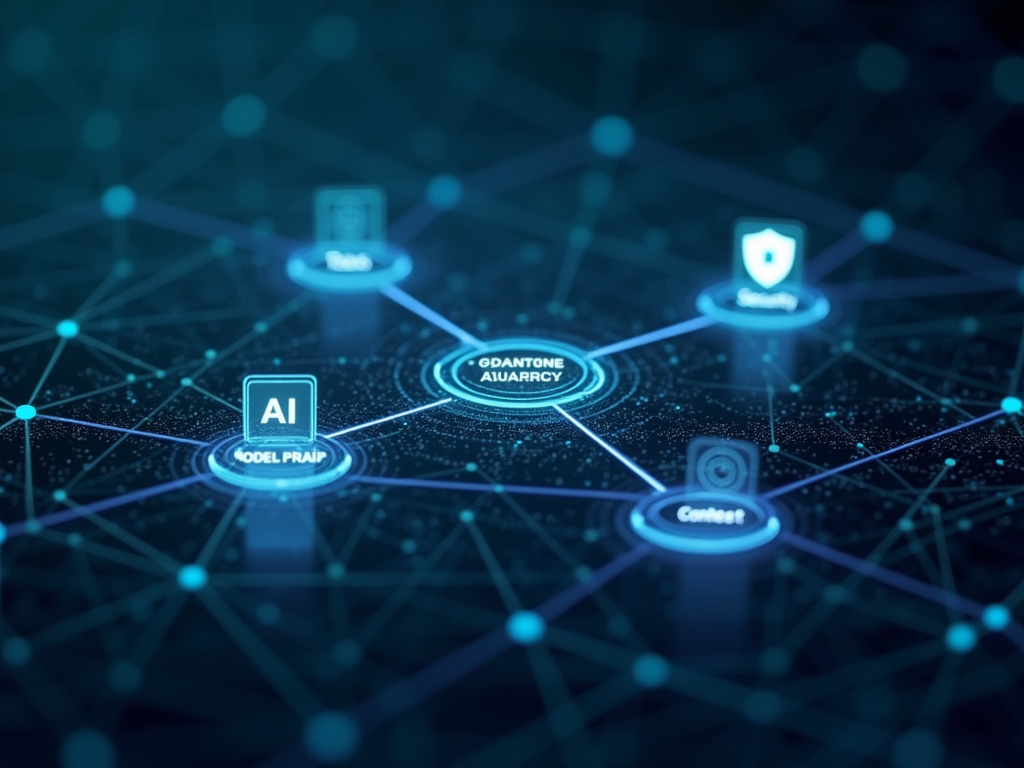Mastering the M×N Problem: How Model Context Protocol Paves the Way
 Manoj Bajaj
Manoj BajajMastering the M×N Problem: How Model Context Protocol Paves the Way

The challenge of integrating artificial intelligence (AI) models with diverse tools and data repositories has long been stymied by the notorious M×N problem. For every M AI model, creating bespoke integrations to connect with N systems demands unsustainable development lift. Such approaches can cripple scalability and impact workflow effectiveness.
Anthropic's Model Context Protocol (MCP) is a revolutionary open standard developed to address these integration challenges. This blog dives into the architectural underpinnings, practical benefits, and unresolved challenges that put MCP on the map as a linchpin for seamless AI integrations in enterprise environments.
What is the M×N Problem?
In conventional setups, when you wish to connect any group of M tools such as Slack, GitHub, or CRM platforms to N different AI models or agents, you require tailor-made integrations for every possible combination. In simple terms, MxN grows exponentially, making it unmanageable as applications scale.
The Turning Point:
MCP reduces the complexity from M×N custom integrations to M+N standardized architectures, ensuring interoperability at a linear scale. Let’s see how this is made feasible through strategic innovations.
Architectural Foundations of MCP
Core Structure:
MCP implements Client-Server Architecture outlined by JSON-RPC 2.0. Its tiers include:
Clients & Hosts (AI Side)
Layer sitting with tools like Document editing assistants encompassing Python Scripted Piping & Authentication Wrappers .*Real Examples include: Generated by Anthropic
Subscribe to my newsletter
Read articles from Manoj Bajaj directly inside your inbox. Subscribe to the newsletter, and don't miss out.
Written by
